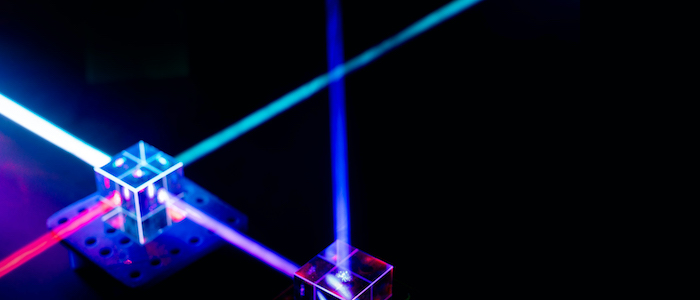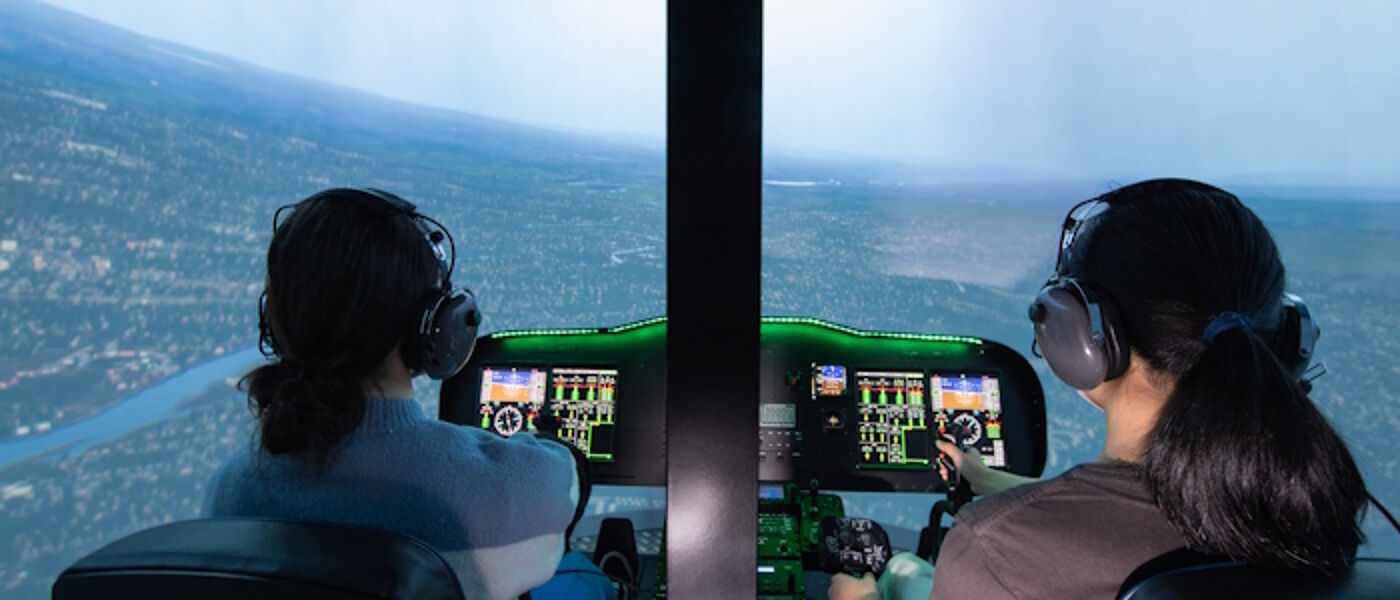Quantum enhanced imaging
Imaging systems such as cameras and microscopes are now at a level where their performance is determined not from the quality of the technology but from the fundamental laws of physics. Quantum science can overcome these limitations but requires both new physics and new technologies, engineered into operational systems. From telescopes to microscopes we are striving to make imaging systems that can see in 3D, with improved resolution and near perfect noise rejection through fog and smoke and even inside the human body.
Active areas of research in the Centre include:
Imaging inside the human body. Produce X-ray and MRI type images using only light and developing endoscopes the width of a human hair. Using single-photon, spatial / temporal measurement and using structured light.
Seeing in 3D through obscuration. Enable autonomous vehicles to navigate safely. Using single-photon, spatial and temporal measurement (LIDAR) combined with structured illumination.
Quantum enhanced microscopy. Make microscopes with improved resolution, spectral coverage and noise rejection. Using entangled sources, new detector technologies and machine learning.
Single Photon Detectors. Developing single photon detectors at longer wavelength operation and into imaging arrays for cameras.

The University of Glasgow leads QuantIC, the UK Quantum Technology Hub in Enhanced Imaging.
Find out more at:
Imaging Through the Body
Medical imaging of deep tissue is usually associated with X-rays, MRI or other non-optical techniques, many of which are expensive.
Although light can be transmitted through thick layers of tissue, scattering of photons makes it impossible to recover an image. However, through the combination of various technologies ranging from structured illumination to single photon detection and precise time for flight measurement, approaches based upon machine learning have opened up previously unexplored means of reconstructing images from what superficially appears as random noise.
Using these approaches, we are working to obtain images of objects buried in high scattering media and even through bone. Prof Faccio and his team are exploring how light alone might be able to record images of the outer layer of the brain corresponding to what traditionally is akin to MRI.
Quantum 3D Endoscope
Traditional endoscopes use a bundle of optical fibres, one fibre for every pixel in the image. In Glasgow, we are developing a new type of endoscope based on a single optical fibre the width of a human hair.
We use advanced beam shaping techniques to pattern the input laser light to the fibre to create a spot at the output that scans over the scene and measuring the intensity of the light backscattered to another fibre give the brightness of each pixel in the image.
By using a pulsed laser, we are also able to measure the time of flight of the light and hence image in 3D. These 3D images can be recorded at distances ranging from a few 10’s millimetres to several metres away from the fibre end with millimetric distance resolution and near video frame rates.
Ultra-thin endoscopes of this type will have applications ranging from minimally invasive medical imaging to more the general industrial inspection of internal structures.

Research Themes

Research Links
Microsystems Group
Inference, Dynamics and Interaction Group



